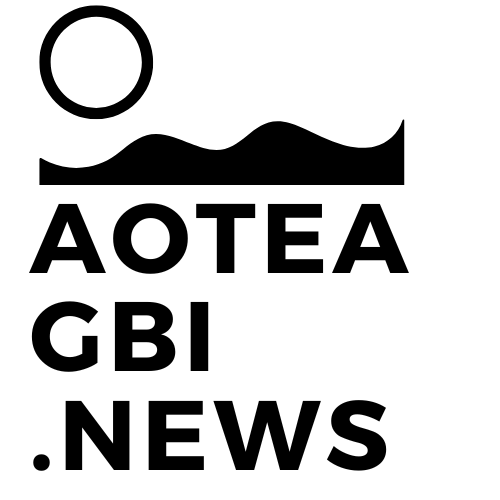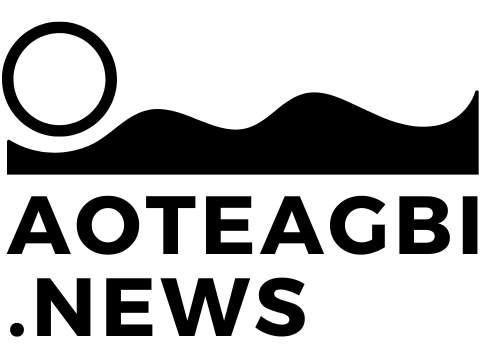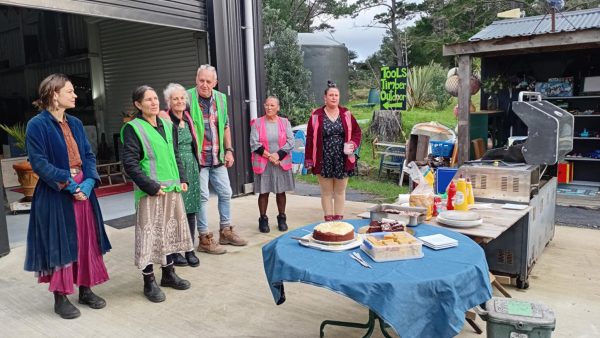Home buyers eyeing property on the picturesque Hauraki Gulf Islands are set to face tough new financial barriers. As of 1 July, the Reserve Bank of New Zealand is setting new debt-to-income (DTI) ratios that will significantly impact what people can buy, with popular areas like Waiheke, Aotea, and Queenstown feeling a notable squeeze.
Under the new regulations, borrowing limits are firmly set at six times the household income for owner-occupiers and seven times for property investors. This change aims to curb soaring debt levels. However, with the national average asking price for the last 12 months pegged at $902,988, buyers would need a household income of at least $120,398, and that’s assuming a 20% deposit. The figure falls just under the average annual household gross income of $126,411, underscoring the financial stretch many New Zealanders face.
“The new DTI requirements could reshape the property market landscape, making it especially challenging in premium districts,” said Vanessa Williams, spokesperson for realestate.co.nz. “For example, Queenstown, with its lifestyle appeal and breathtaking scenery, now demands a household income of $260,412 to meet the 80% borrowing threshold on an average home priced at $1,953,091.”
Waiheke Island follows closely, requiring a minimum income of $253,534 to manage properties averaging $1,901,507. This puts these districts among the most expensive in the country, alongside Wanaka, Rodney, and North Shore City, which all require household incomes ranging from $175,544 to $245,381.
Williams highlights the allure of the areas, noting, “The significant draw for many is not just a home, but the lifestyle that comes with it.”
Even areas slightly more affordable like Auckland City and other parts of the Hauraki Gulf Islands, like Aotea, Great Barrier demand substantial incomes, with figures like $171,447 and $167,076 respectively, needed to just scrape by under the new rules. In contrast, more accessible districts within Auckland, such as Papakura and Waitakere City, require incomes of $108,796 and $119,841 respectively.
Meanwhile, New Zealand’s more affordable regions like Kawerau in the Bay of Plenty, where the average property price is $432,604, demand an income of $57,681, highlighting the stark contrasts across the country.
Despite the tightening financial constraints, Williams remains optimistic about the opportunities that still exist. “Every market has its opportunities. Buyers need to remain patient, adjust their expectations, and make the most informed decisions with local real estate expertise,” she says.
The new DTI ratios roll out, are expected to temper the housing market, possibly cooling the rapid price escalations seen in recent years, according to the Reserve Bank. While it may limit buyer options, the goal is to prevent unsustainable debt levels and ensure a more stable property market, the bank claims.








